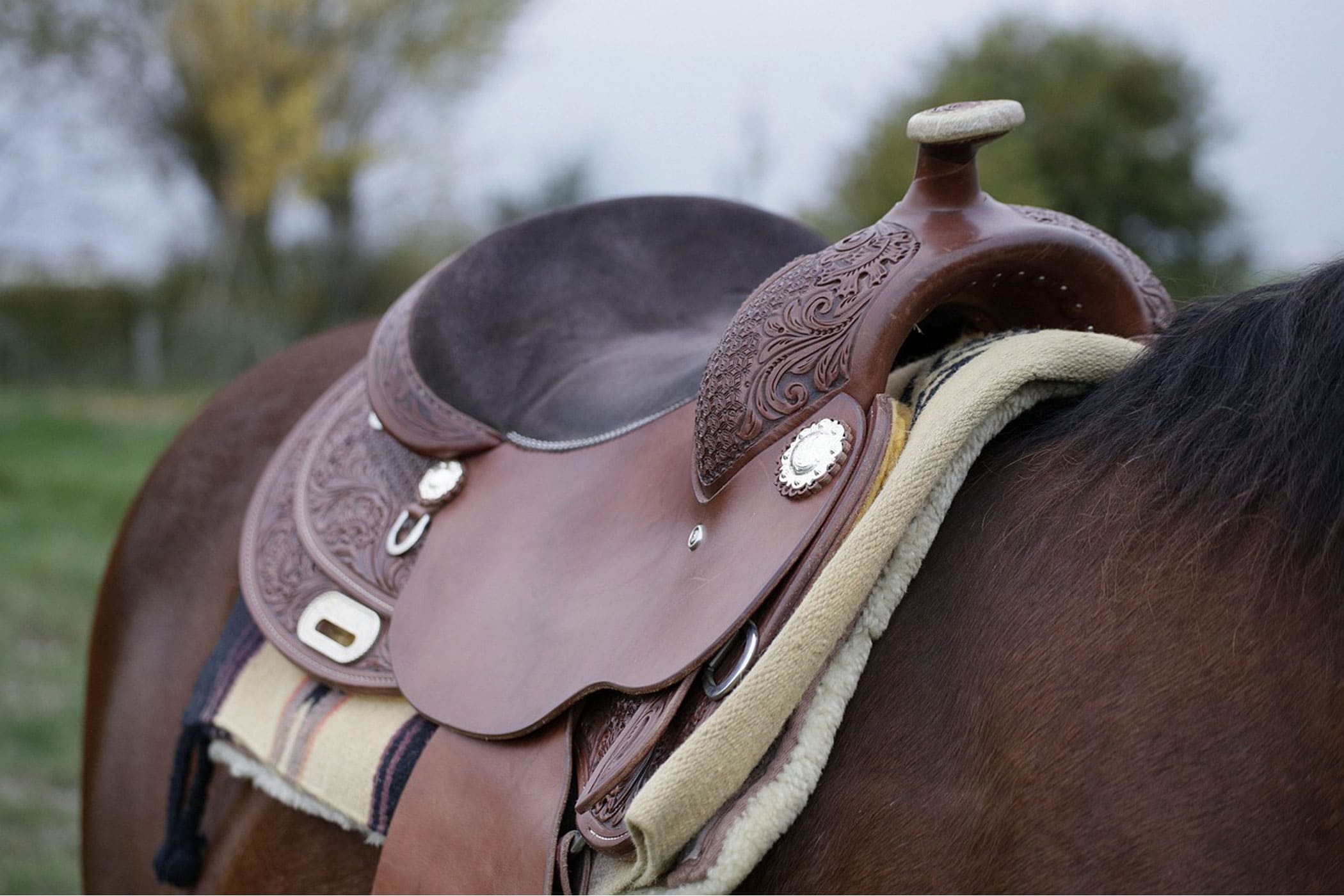
Ensuring a comfortable and well-fitting saddle for your horse is crucial for their overall well-being and performance. A proper saddle fit can prevent discomfort, pain, and even injury. In this article, we will explore the key factors to consider when finding the perfect saddle fit for your beloved equine companion.
Understanding Saddle Anatomy: Before delving into saddle fit, it’s essential to familiarize yourself with the basic components of a saddle. These include the pommel, cantle, seat, panels, gullet, and stirrup bars. Having a good grasp of these elements will help you better comprehend the importance of a proper fit.
Evaluating Your Horse’s Conformation: Each horse has a unique body shape, which significantly impacts the type of saddle that will fit them best. Assess your horse’s conformation by examining their withers, back length, shoulder angle, and overall muscling. This evaluation will serve as a foundation for finding a saddle that accommodates their individual physique.
Assessing the Tree Width: The tree width refers to the framework underneath the saddle that provides support and distributes the rider’s weight evenly. An ill-fitting tree width can cause discomfort and pressure points on your horse’s back. To determine the correct tree width, use a flexible measuring tape or a specialized tool to measure the distance between your horse’s withers.
Considering the Gullet Clearance: The gullet is the channel that runs along the underside of the saddle. It should provide sufficient clearance to avoid putting pressure on your horse’s spine. A proper gullet clearance prevents discomfort and allows for free movement. Aim for a minimum of two fingers’ width between the gullet and your horse’s withers.
Evaluating Panel Length and Shape: The panels of the saddle lie underneath the seat and distribute the rider’s weight. They should match the length of your horse’s back and provide adequate support. A proper panel length prevents pressure points and soreness. Additionally, consider the shape of the panels, ensuring they conform well to your horse’s back contours.

Achieving Balanced Billet Placement: Billets are the straps that attach the girth to the saddle. Proper billet placement is essential for maintaining balance and stability. The billets should hang perpendicular to the ground and align with your horse’s natural girth groove. This positioning ensures that the saddle remains secure during riding.
Seeking Professional Guidance: Finding the ideal saddle fit can be a complex process, and seeking professional guidance from an experienced saddle fitter or equine professional is highly recommended. They possess the expertise and knowledge to assess your horse’s conformation and recommend suitable saddle options.
Conclusion: Investing time and effort into finding the perfect saddle fit for your horse is a testament to your commitment to their comfort and well-being. By understanding the key elements of saddle fit and assessing your horse’s conformation, you can make an informed decision when selecting a saddle. Remember, a well-fitted saddle enhances your horse’s performance and ensures a pleasurable riding experience for both of you.






